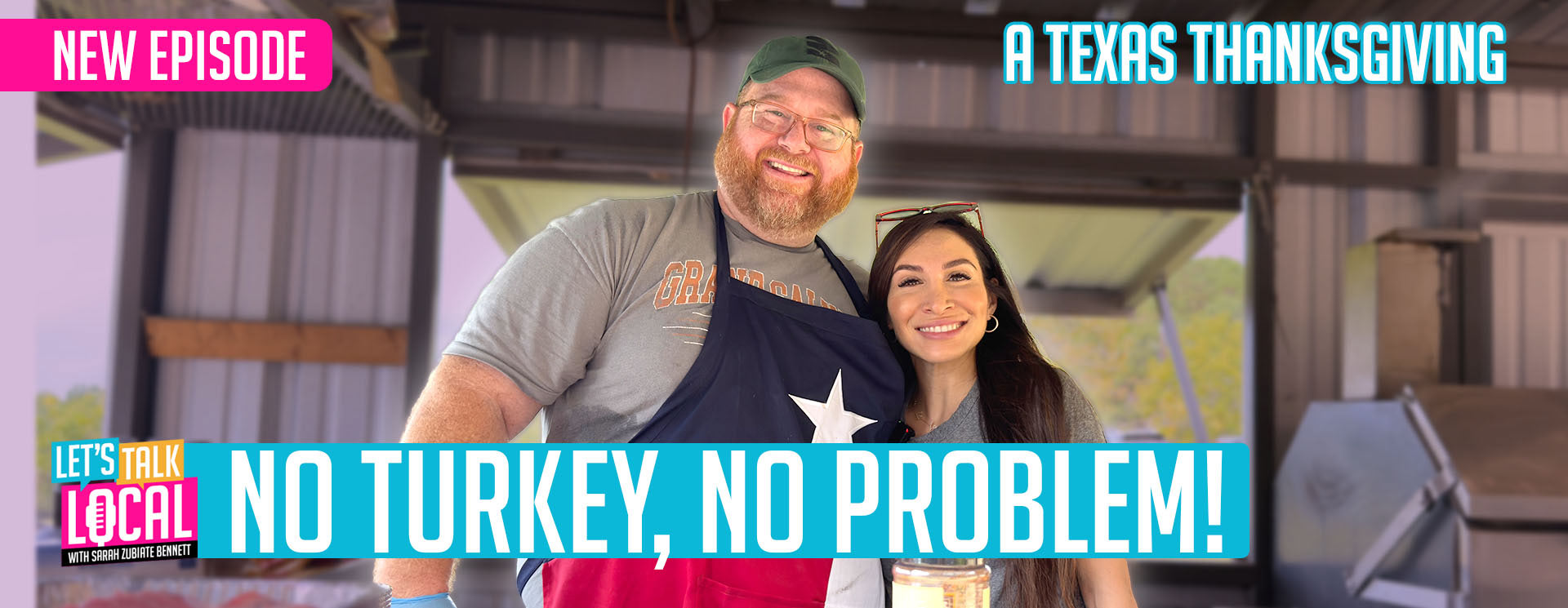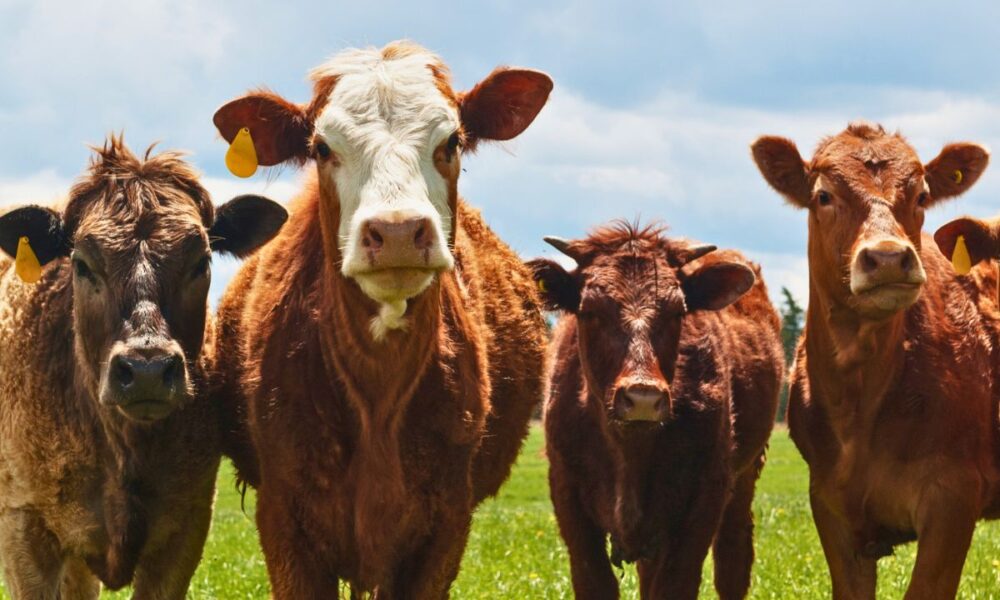Tyson Foods announced that it will shutter its massive beef processing plant in Lexington, Nebraska, leaving around 3,200 workers in limbo just as scrutiny intensifies over alleged beef “price-fixing” schemes.
The move, which followed Tyson’s decision to reduce its Amarillo, Texas, facility to single-shift operations — affecting another 1,700 employees — shows the mounting pressures on the nation’s meatpacking giants amid shrinking cattle herds and skyrocketing consumer prices.
The Lexington plant closure, set for mid-January, will eliminate a facility capable of processing up to 5,000 head of cattle daily, per Fox Business News, which represents roughly 5% of total U.S. beef slaughter capacity.
Tyson, one of the “Big Four” packers dominating 85% of the market, cited a prolonged decline in cattle — now at their lowest in 70 years — as the primary driver.
For Texas, the Amarillo cutbacks hit close to home.
The Panhandle plant will shift to one full-capacity line effective January 20, trimming hours and payroll in a region already reeling from drought-scarred pastures.
Texas Ag Commissioner Sid Miller announced a five-point plan to fix America’s shrinking cattle herd and bring beef prices back down to earth in October. He’s pushing for more grazing land, a tax break to keep more heifers here, smarter trade moves (no flooding the market with cheap Argentinian burger meat), and carefully letting in some Mexican feeder cattle—while telling the feds to ditch Biden’s old land-lock policies, as previously reported by The Dallas Express.
In essence, the focus is on growing the U.S. herd, protecting ranchers, and putting affordable steaks back on American plates without compromising quality.
This week’s developments at Tyson come mere weeks after President Donald Trump’s explosive November 7 Truth Social posts demanding a Department of Justice investigation into Tyson, Cargill, JBS, and National Beef for “illicit collusion, price fixing, and price manipulation.”
“While Cattle Prices have dropped substantially, the price of Boxed Beef has gone up — Therefore, you know that something is ‘fishy,’” Trump wrote at the time. Attorney General Pam Bondi has since confirmed the investigation is underway.
The timing couldn’t be more charged. Tyson’s beef division reported adjusted losses of $426 million over the past year, projecting another $400-600 million hit in fiscal 2026, even as consumer demand holds firm.
Beef and veal prices surged 14.7% year-over-year through September, according to Food Dive — with ground beef up 12.9%, roasts 18.4%, and steaks 16.6%.
Ranchers, squeezed by years of drought in the Southwest and high feed costs, have culled herds to historic lows of 86 million head, per USDA data. Rebuilding could take two years, experts say, even with new helpful policies or federal support.
For everyday Texans firing up the grill or stocking the freezer, relief remains elusive.
What the Experts are Saying
“Beef prices remain at all-time highs, while the size of the American cattle herd is at lows not seen since the 1950s. Prices started rising several years ago, primarily due to severe droughts in the Western United States. An executive order to roll back tariffs on beef imports will likely help bring down the cost of ground beef, but higher-end cuts, like steak, will remain elevated for at least the next 12 months as it takes cattle producers time to rebuild their herds,” Chris Rawley, CEO at Harvest Returns of Fort Worth, told The Dallas Express.


